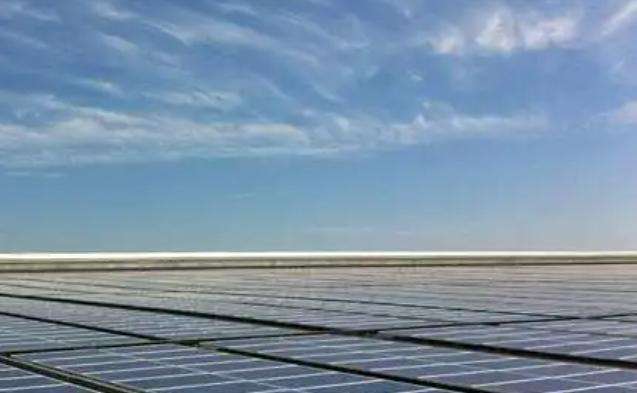How is aluminum foil made? You would never imagine that a paper-thin sheet of aluminum is rolled from these huge blocks of solid aluminum.
First of all, to make aluminum foil, these huge blocks of aluminum must first be cut into small pieces, then sent into the melt with a forklift, and the blocks d Aluminum can be melted at a high temperature of 700°C. degree Celsius. Then some of the molten aluminum is poured into this small mold and the solidified sample is sent for testing. In order to test the purified composition of raw materials, this tank is used to divert rainwater to the slag outlet, and then the Lishui flows into the moving car above the diversion well. Through this process, most of the impurities present in the aluminum water are removed and the mold must be cooled with water to accelerate solidificationaluminum water.
Second, take out the solidified aluminum blocks from the mold. Each aluminum block is four meters long, one meter wide, 0.5 meters thick and weighs eight tonnes, so it must be elevated. price and the book on a dedicated platform. Then use this surface layer to scrape three millimeters of impurities on the surface of the treated surface to make the surface smooth and flat. At the same time, the residual liquid on the surface of the aluminum block also needs to be removed. What follows is a series of manufacturing processes that press the aluminum block into thin sheets. First, the aluminum block is extruded with a hot roller. The roller temperature can reach 500 degrees Celsius. Due to the high temperature, there will be a hidden risk of sticking to the roller. In this situation 95% water and 5% water should be used during hot rolling process % oil for coolingement.
Third, with continuous roller extrusion, the aluminum block gradually becomes thinner. Workers will extrude the aluminum block 12 to 16 times depending on processing requirements. The aluminum block we see now is only seven centimeters thick, but it still needs to continue the roller extrusion process and needs to be pressed down to a thickness of five millimeters. During the rolling phase, it is transported by a conveyor belt. At this point, the aluminum plate has become a five-millimeter thick plate, thin enough to be rolled up before entering the duct machine. Then the aluminum plate will be pressed even thinner.
Fourth, after repeated rolling and extrusion treatments by the machine, the aluminum plate is now as thin as paper. In order to avoid being broken by the pressure of the guide rail, the aluminum plate dmust be stacked. double layers, then mixed with fried chicken. The thick aluminum plate can be pressed to the specified thickness in the last step, and then the aluminum foil is cut to the required width with a cutting head. The last huge block of aluminum is transformed. 13 kilometers of aluminum foil.
7 days. According to relevant public information, after being placed in water for 7 days, the luster of the aluminum foil will become slightly coppery, which will not protect it and will no longer be suitable. Aluminum foil is a hot stamping material that is directly rolled into thin sheets of metal aluminum. Its hot stamping effect is similar to that of pure silver foil, so it is also called fake silver foil.














